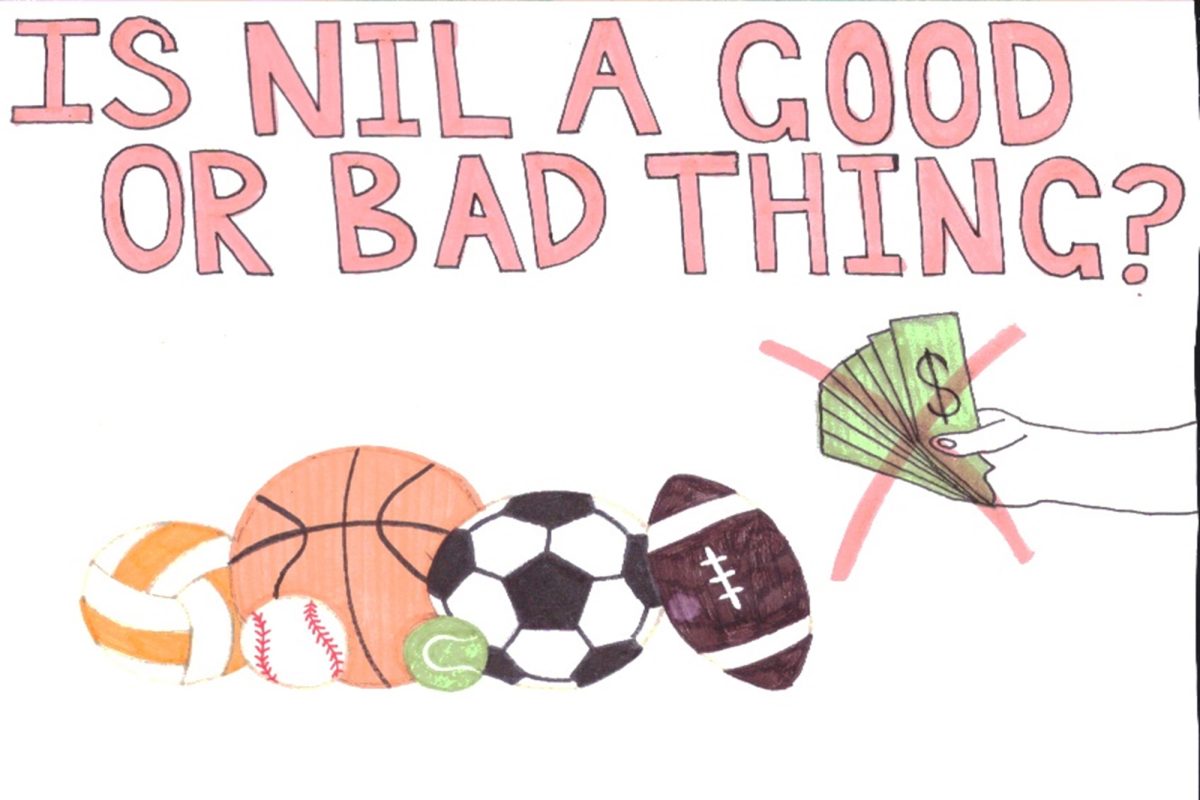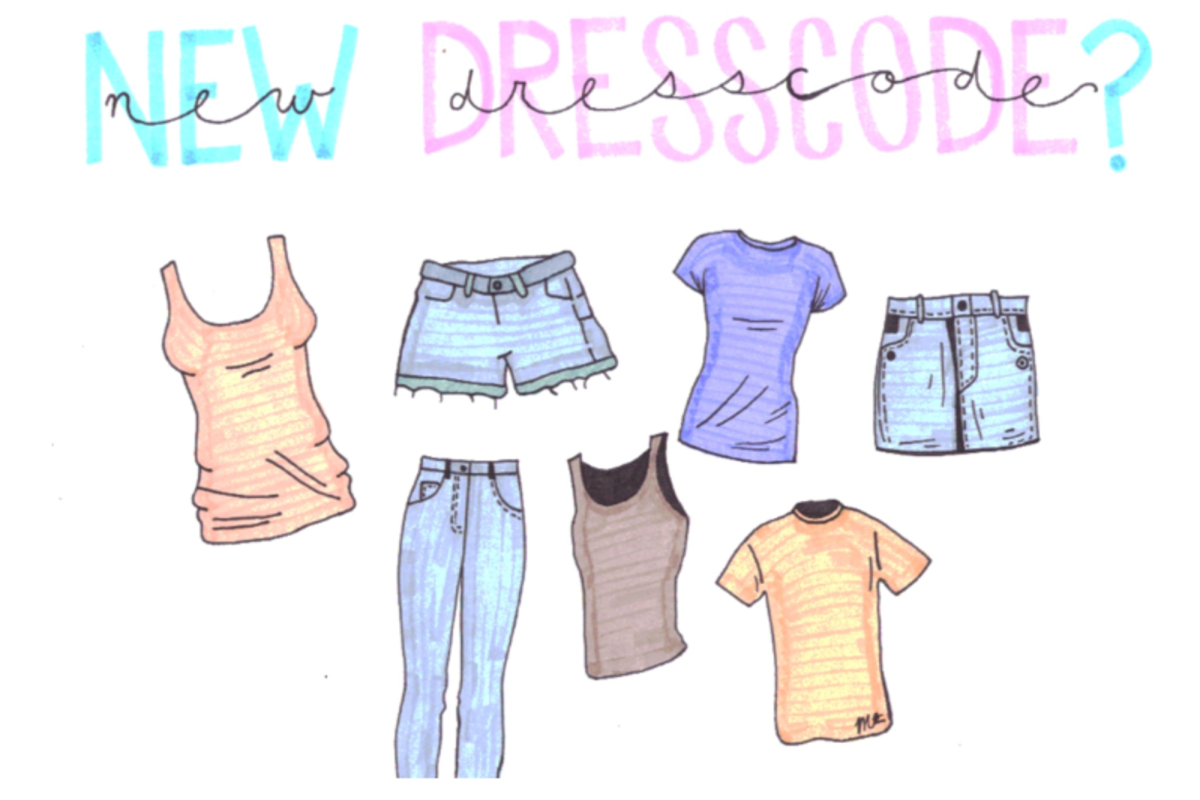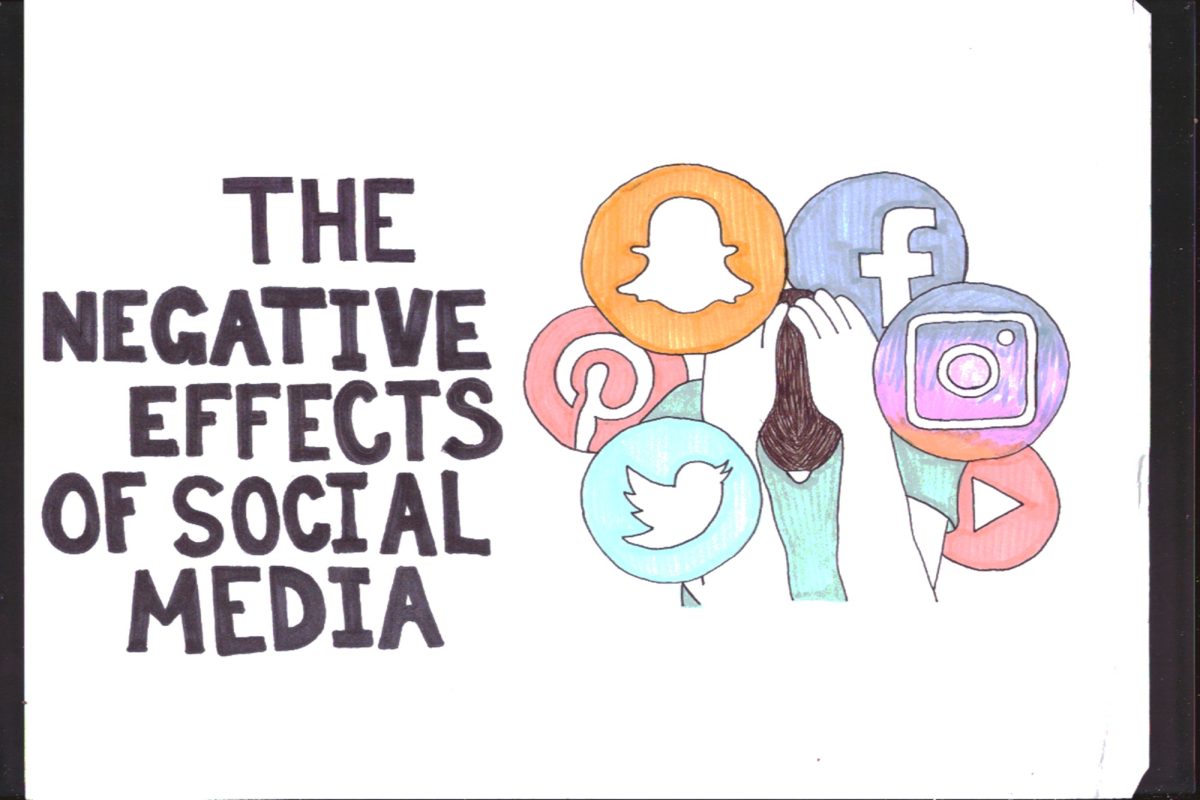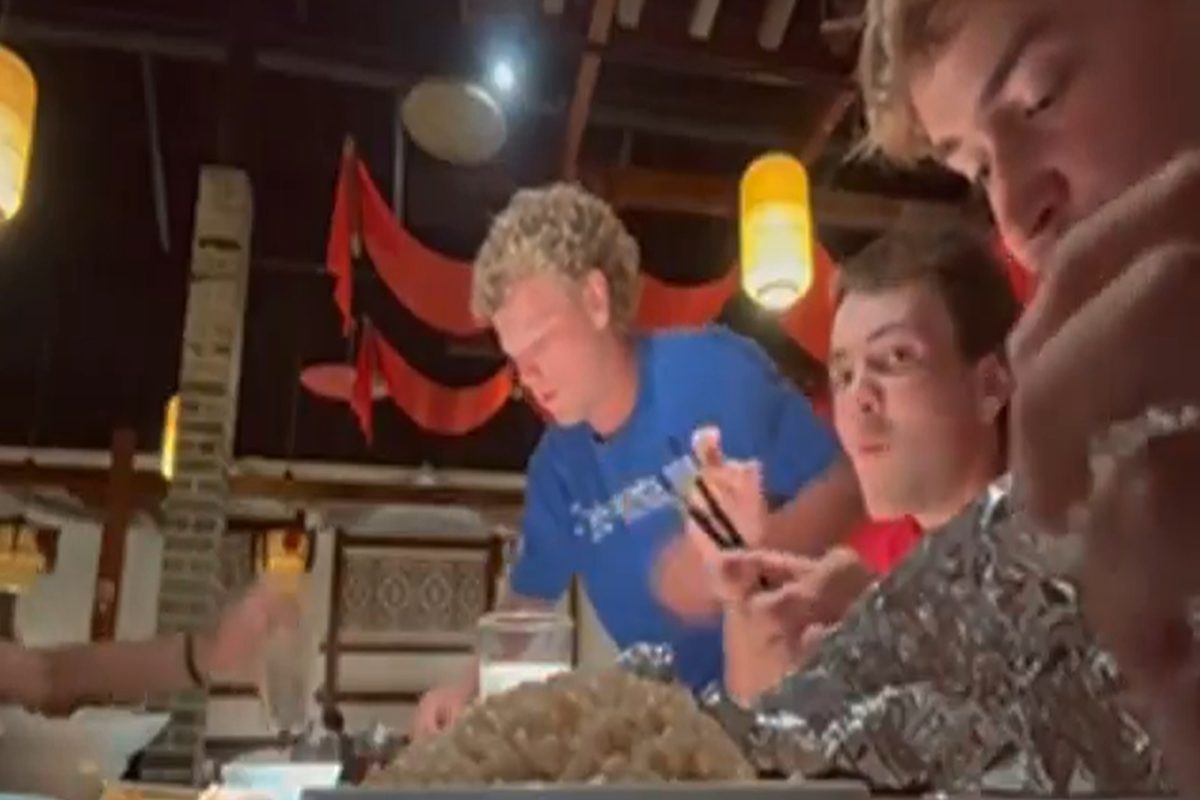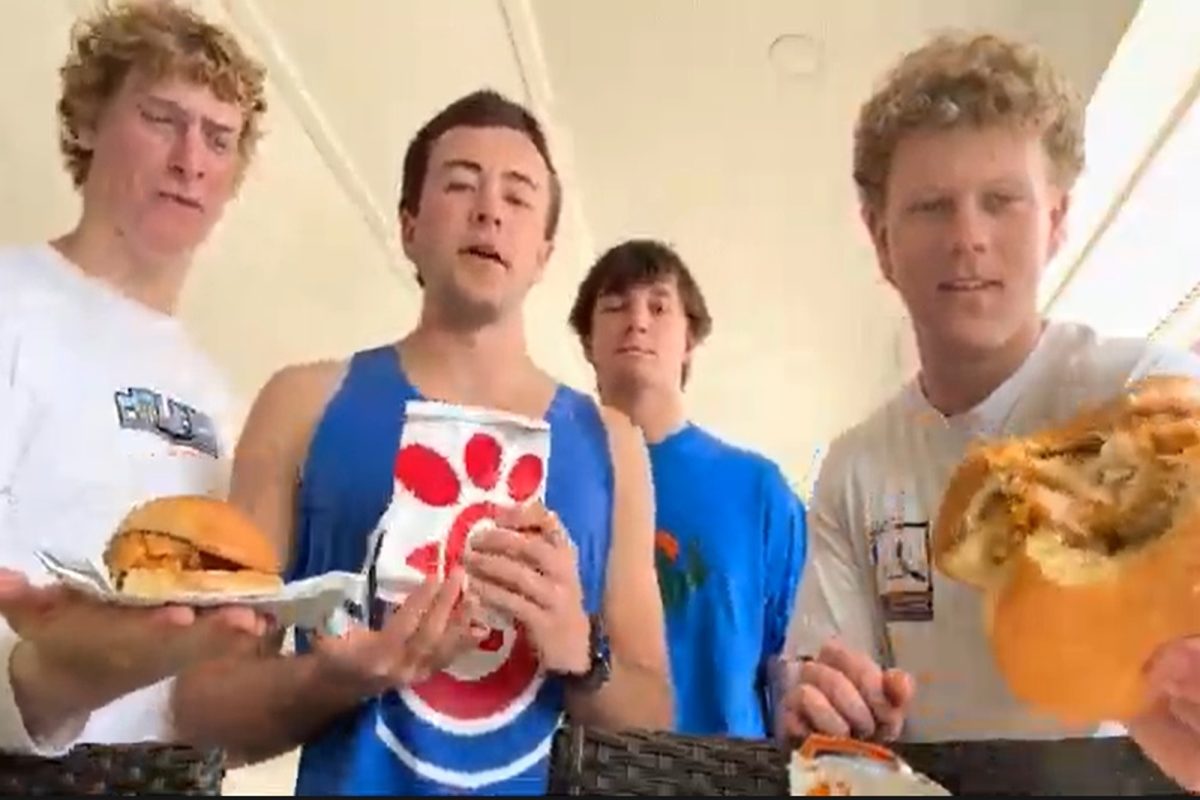Contentious debates have arisen over whether or not college athletes should receive financial compensation beyond the scholarships they already receive. Discourse ramped up significantly around 2021 when some states started legalizing the ability for athletes to make money from their name, image, and likeness (NIL). Supporters of NIL say it allows athletes to profit from their brand, while critics say it creates an unlevel playing field, with some colleges paying the top athletes a significant sum of money, giving wealthier programs a competitive advantage.
According to ncsasports.org, as of 2021, NIL laws varied by state, meaning a state may or may not have its own NIL regulations to which athletes must adhere. Whether high school students can participate in NIL activities depends on the rules set by each state’s high school sports association. Additionally, colleges and universities often have their own unique rules for NIL.
Today, under new National Collegiate Athletic Association (NCAA) rules and a variety of state laws, that is changing.
According to investopedia.com, there are new rules and laws that include:
College athletes can now make money from the commercial use of their name, image, and likeness (NIL) as a result of new NCAA rules introduced in 2021. Many states now have NIL-related laws as well.
- NCAA rules still forbid schools from paying their athletes. However, that may change as the result of a May 2024 court settlement that is expected to be finalized in spring 2025.
- Some state laws prohibit athletes from endorsing certain types of products and services.
- The NCAA, the states, and many individual schools have reporting and disclosure requirements for any NIL deals that athletes enter into.
- As yet, there is no federal NIL law; many groups, including the NCAA, have called for one.
The payment of college athletes should not be allowed as it creates an unfair recruiting process where only the wealthiest schools can compete, and ultimately leads to a bidding war and diminishes player loyalty. Some schools may spend years recruiting and developing a bond with a player, then out of the blue, a rich program can swoop in and persuade the player to commit to them with a lucrative NIL deal. Also, NIL can lead to complacency for players who are earning significant compensation and lose the drive to improve.
A primary concern with NIL is how it can actually take away from athletes in smaller sports, especially those that produce less revenue.
According to proquest.com, these athletes cannot realistically expect significant salaries. Even worse, they can expect reduced funding and fewer scholarships due to the increased focus on paying big-revenue sports superstars. The last thing NIL should be doing is taking away opportunities from other players, especially those in lower revenue sports.
Furthermore, athletes already have the luxury of having their college being paid for. They receive substantial financial benefits through scholarships, which help cover the cost of tuition, housing, and other expenses. These scholarships are meant to compensate them for their contributions to the school. Also, the additional money they earn through NIL deals could shift their focus away from education, and lead to them only focusing on endorsement opportunities and personal branding.
Despite these concerns, supporters of NIL argue that it provides financial support for athletes who may not come from wealthy backgrounds.
According to a 2021 study by the National College Players Association, 86 percent of student-athletes who live off campus are living below the federal poverty line. Without opportunities like scholarships and NIL, these athletes would struggle to afford basic necessities. NIL can also help student-athletes develop business skills and create career connections while in college. By negotiating contracts and managing endorsements, athletes gain valuable experience in marketing and finance.
Additionally, there may be instances where a player will not be able to profit as much in the NFL and NIL can allow them to make money in college while still in the spotlight. For example, Riley Leonard, the quarterback for Notre Dame has proved himself to be a great college quarterback and led his team to the College Football Playoff National Championship. However, his opportunity to maximize his earnings in the NFL may be more limited due to his play style, which is less commonly utilized in professional football.
One approach to fixing the debacle of NIL is implementing a system in which there is additional financial assistance through scholarships beyond which is already provided. While the scholarships athletes receive already cover costs of tuition, housing, and food, they fail to cover other costs like personal needs and transportation. So, an enhanced scholarship structure where athletes receive stipends to cover additional expenses could largely benefit these players while leaving out the chaos that NIL created.
Taking everything into account, Name, Image, and Likeness (NIL) depreciates college football by giving wealthier schools the upper hand in recruiting and ultimately taking away from the traditional recruiting process. It has led to bidding wars and a lack of player loyalty, while also taking the focus away from education by prioritizing financial gain and turning college athletes into walking paychecks.

